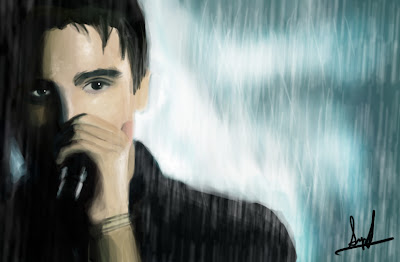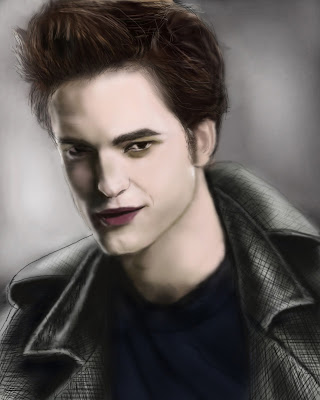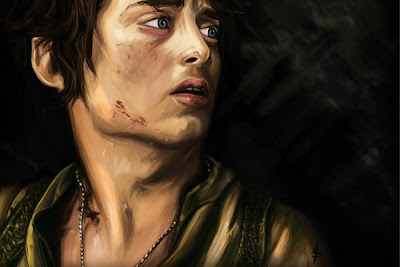Digital painting is an art form still in its infancy. The question of what is digital painting has been asked many times by countless people. These answers vary even amongst artists and are as numerous as those who ask. On the surface, digital painting is like any other art form where the goal is to capture the creative human expression. Just like paint, brushes and canvas are a medium to the traditional artist, so too is the tablet, stylus and computer to the digital artist.
Although a completely different medium, digital painting mimics the traditional techniques used by watercolor, oil, pastel, and impasto artisans, to name a few. Digital painters, unlike traditional artists, have an unlimited amount of brushes from which to choose. Adding to their arsenal of tools, digital painters have the ability to create new styles and versions of those brushes to achieve their goal. By adding different shapes, textures and weight properties, the digital artist has total control--bridging the gap between traditional and digital painting. With so many options available to the artist, digital painting frees an artist to experiment with new concepts and techniques.
Digital painting is not a push button solution to creating art. Today's computers, although very fast and powerful, are by no means able to automatically generate a skillfully crafted, well executed piece of art. Many people assume a computer or a software package can magically transform a photo into a painting of artistic integrity. While computers are powerful tools, they are unable to mimic the skill, eye and attention to detail of a true artist. A useful analogy to help one understand is the synthesizer. Synthesizers are electronic instruments that are capable of producing a variety of sounds by generating and combining signals of different frequencies. However, without a musician to manipulate the keys, knobs, and widgets, the end result would be noise. The same is true with digital painting. Each and every stroke is purposely placed with careful consideration to the principles and rules of design.
The input devices used by a digital painter are critical to producing high quality works of art. The graphics tablet and pressure-sensitive stylus capture the natural hand gesture and subtle wrist movements of the artist. Unlike a computer mouse, which is like painting with a brick, the tablet and stylus allows the artist to adjust angle, direction and thickness of a line naturally. A computer mouse's primary function is a pointing device used to navigate digital interfaces. In contrast, the stylus is formed much like a pen or chalk--freeing the digital artist from the limits and constraints of the computer mouse.
The computer, input devices and software are simply tools that digital artists use to create and express themselves. Without the proper training, skill set, and experience a digital painting would simply be noise.








